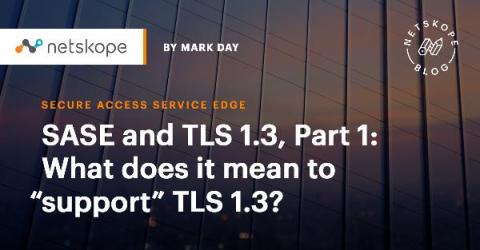Redesigning the UI of an Enterprise Application: A Development Case Study
Web design trends come and go at a dizzying pace these days. While it might be easy to completely redo a simple website or a web application, visual design is not often a top priority for large-scale enterprise applications. But even with larger applications, there comes a time when the system’s look and feel becomes dated and the user experience is just not at the level it might be. And it directly impacts customers. It’s probably time for a refresh!









